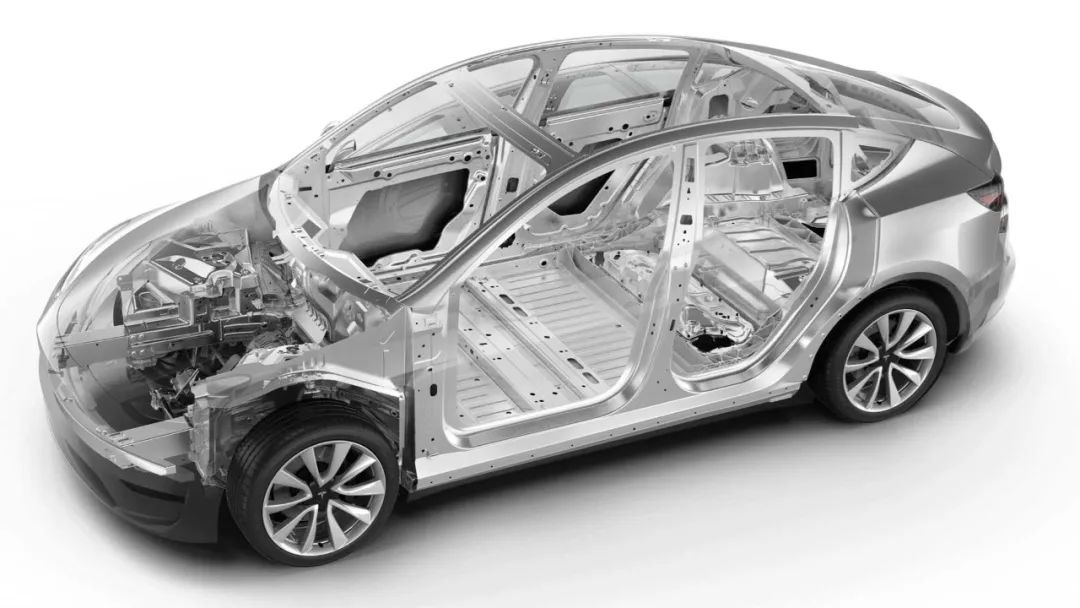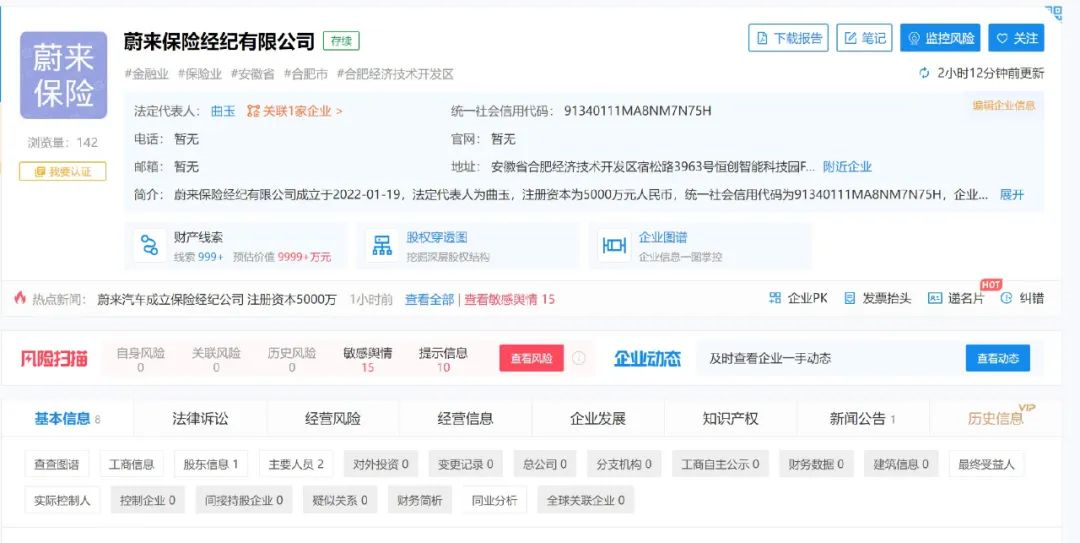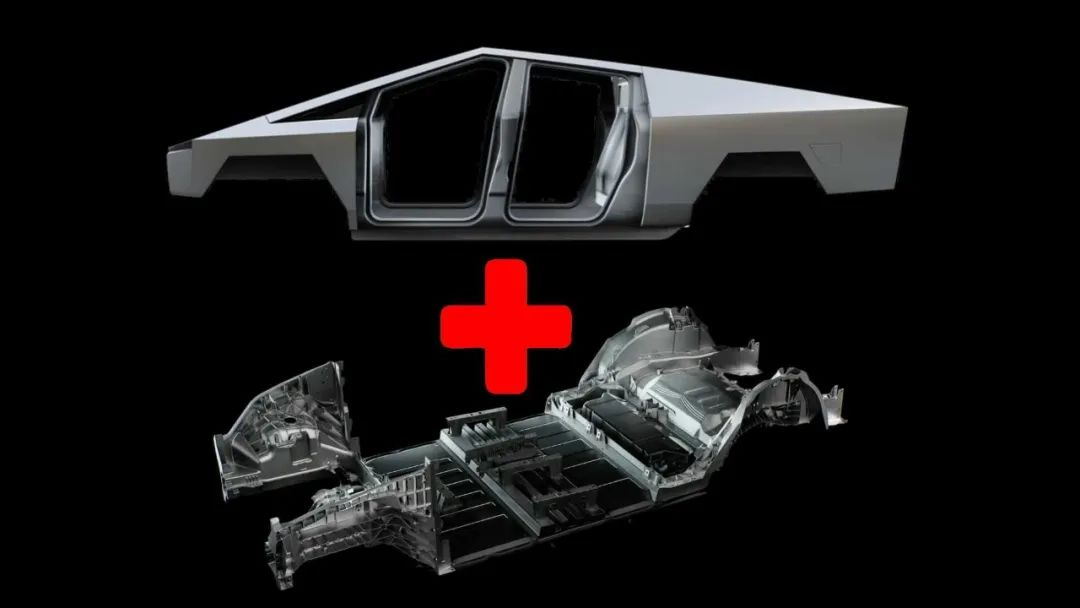Author: Wu Jingtao
It’s a double-edged sword again.
Recently, Munro & Associates, a well-known foreign automotive engineering consulting company, released a series of serialized content. They disassembled a new Tesla Model Y 4680 structure battery pack using CTC technology (Cell to Chassis structure battery) and found that the entire battery pack had been integrated into a module with components such as the center console, seats, and carpets. After opening the battery pack, they found that the interior was covered with a layer of red, polyurethane-like adhesive, and the Sandy Munro team judged that if the battery pack was damaged, the possibility of repair was almost zero.
Video introduction of the battery pack:
As soon as this content was released, it sparked widespread discussion in domestic and foreign media circles and social platforms. Especially in recent times, major new energy brands have successively launched their own “battery-body integration technology,” such as BYD’s CTB, Leapmotor’s CTC, and so on. With these technologies appearing frequently in promotional content, the focus on new energy models, especially electric vehicles, has become increasingly high.

But with the increase in attention, inevitably, different voices will emerge. From the perspective of consumers, in official publicity, we can see that after using integrated technology, vehicles have gained all-round and significant quantitative improvements. However, at the same time, we can also hear about the inconvenience and cost increase in maintenance and repair after using integrated technology.
As integrated technology is increasingly applied to new energy models, what benefits and drawbacks will it bring? Today’s article is here to discuss this issue with you.
Structural BatterySince this topic was introduced by Tesla, the advantages and disadvantages of the integrated and modular technologies should be analyzed using Tesla as an example. Currently, the most well-known integrated technology among new energy vehicle models is the “integrated body and battery” and “monocoque body”.
Below, let’s take the Tesla Model Y as an example to briefly analyze the advantages and disadvantages of these two technologies. Through these two technologies, we can gain insight into the overall trend of integrated technology of new energy vehicles.
At the beginning, we saw that the CTC technology on the Model Y is called “structural battery” by Tesla. By analyzing the teardown video, we can easily ascertain the first drawback of using this technology, which is that it is more difficult to dismantle and open the battery pack compared to previous vehicle models. The battery pack, center console, seats, cup holders, rear air conditioning outlet, air duct, and carpet are integrated into one module. Although it is not difficult to remove the entire structural battery module, it took their team several days to open the battery pack.
Next, after opening the 4680 battery pack, we can see that the battery pack is glued together with a pink adhesive similar to polyurethane, which is very strong.
Tesla does not provide battery pack repair services, and their strategy will tend to replace the battery pack to solve battery problems. Therefore, in the past, if you wanted to repair or replace a faulty battery pack at a low cost, you could go to a third-party repair shop and open the battery pack to replace the faulty battery module.
Obviously, this cannot be achieved on the 4680 battery pack, which means that once the battery pack is damaged by external forces or internal faults, according to Tesla’s current battery repair strategy, the battery pack can only be replaced, and it cannot be repaired by a third party.
When responding to the video content on social media, Tesla CEO Elon Musk said, “From a physics point of view, the structural pack is the correct design, but we’re quite far from optimized.” Why is Musk so optimistic about the “structural battery pack” that uses an integrated and modular design? Because the performance and production efficiency improvements it brings are really “too good to be true”.Using the Model Y with “structural battery” as an example, Tesla previously stated that this solution has many advantages, such as significantly reducing the number of parts used in the battery pack and the whole vehicle, reducing the scale of the battery pack production line by half, and effectively improving production efficiency and reducing costs. In terms of vehicle performance, the Model Y equipped with a 4680 battery pack and structural battery technology can reduce weight by 10% and increase range by 16%, thus enhancing acceleration and handling.
The most outstanding advantage is still in lightweighting. This structural battery module, integrated with the center console, front seats, cup holder, rear air outlet, air duct, carpet, and battery pack, weighs only 544 kg. How exaggerated is this number? The Sandy Munro team compared it with the battery pack of Rivian R1T, and found that the Model Y’s structural battery module is still lighter than its single battery pack by half.
In addition to the above-mentioned benefits in lightweighting and range, other brands’ promotion of the “battery-body integration” technology also includes enhancing battery impact resistance, improving body torsional rigidity, and enhancing vehicle NVH levels. Therefore, although this technology increases the maintenance and repair costs of the battery pack, in the face of the comprehensive improvement of production efficiency and performance, many manufacturers have chosen this technological route.
Integrated Casting Body
The main reason why Tesla’s “Integrated Casting Body” is well known, like the “structural battery”, is due to the increase in repair costs.
In February of this year, domestic media reported an accident in which a Model Y collided. The car owner accidentally hit the wall while reversing, causing damage to the right rear integrated casting body. Unexpectedly, when the car owner asked Tesla staff for the repair cost, he found out that the estimated repair cost for this seemingly not very serious accident had already reached nearly RMB 200,000. This report quickly attracted attention and discussion on the increase in repair costs of the integrated casting body after accidents.In April, China Insurance Research Institute released the test results for Model Y. In the four major evaluation categories, including passenger safety, pedestrian safety, and vehicle auxiliary safety, Model Y received a “G Superior” rating in all three safety-related evaluations. However, it only received a “P Poor” rating in the durability and repair economy index. It’s uncertain whether Model Y’s poor repair economy is due to its integrated cast body, as the test details provided by the Institute are limited. But the combination of these two reports has aroused doubts among many consumers about the repair costs of such an “integrated” body structure. Especially after experiencing the significant increase in insurance premiums for new energy vehicles at the end of last year, although the vehicle repair bill is paid by insurance companies, the owner still needs to pay the premiums. This kind of “insurance anxiety” is believed to be experienced by every car owner.
However, everything has both advantages and disadvantages. Especially for manufacturers, the integrated body technology must have an irresistible “temptation” that makes manufacturers choose to use and promote it extensively, even knowing that repair costs will increase significantly. For manufacturers, the biggest advantage of the integrated cast body is saving costs. This can be seen intuitively from a comparison of the white bodies of Model 3 and Model Y. The number of parts in the colored part of Model 3 on the left is 171, while the number of identical parts in the blue part of Model Y on the right is only 2. At the same time, the number of welding joints on Model Y is also reduced by 1,600.
This brings the most intuitive benefit to Tesla: simplifying the production process and improving production efficiency (Tesla previously stated that the rear body of Model Y is manufactured in a few minutes, compared to Model 3). This has also reduced costs. For consumers, the purchase price will also be reduced. At the same time, fewer welding joints mean better safety because welding points not only absorb impact forces but may also tear during collisions. Therefore, fewer welding joints theoretically improve the collision safety of the body structure.From “structural battery” to “integrated die-cast body”, we can easily find a characteristic of the advantages and disadvantages brought by these two vehicle integration technologies: the advantages of integration technology are concentrated in the “front-end” of production and sales, which leads to its disadvantages “shifting to the back-end”. “In the comprehensive consideration of the advantages and disadvantages of integration technology, manufacturers almost benefit comprehensively.”
On the other hand, while consumers enjoy the product performance improvement brought by integrated and integrated technologies, they have to bear higher maintenance, repair, and even insurance costs. Therefore, in this comparison between manufacturers and consumers, consumers are clearly the “more disadvantaged” party.

In fact, as consumers, we are not unfamiliar with the advantages and disadvantages brought by such integrated and integrated. In the field of electronic products, the cost of maintenance and repair caused by this modular technology has been on the rise for a long time. For example, when a notebook keyboard is broken, the official may ask to replace it with the panel and battery together. Examples like this, I believe that everyone has heard more or less. “How to avoid harm and seek advantage” has become the most urgent problem to be solved in consumers’ minds for “integrated” technology.

In fact, in response to the pain point that maintenance and repair prices of new energy vehicles are high, leading to the rise of vehicle insurance premiums, many new energy brands are also continuously investing funds and energy to solve this issue. For example, after Tesla, many new energy brands in China, such as NIO, XPeng, Ideal, and BYD, have successively established their own insurance brokerage companies to represent consumers in negotiating with insurance companies. I believe that this has a positive impact on alleviating the high insurance costs of new energy vehicle models.
As a consumer, do you think that the “integrated” and “integrated” trend of new energy vehicle models at this stage outweighs the advantages or disadvantages? Welcome to leave your comments in the comment section to share your opinions.
This article is a translation by ChatGPT of a Chinese report from 42HOW. If you have any questions about it, please email bd@42how.com.
